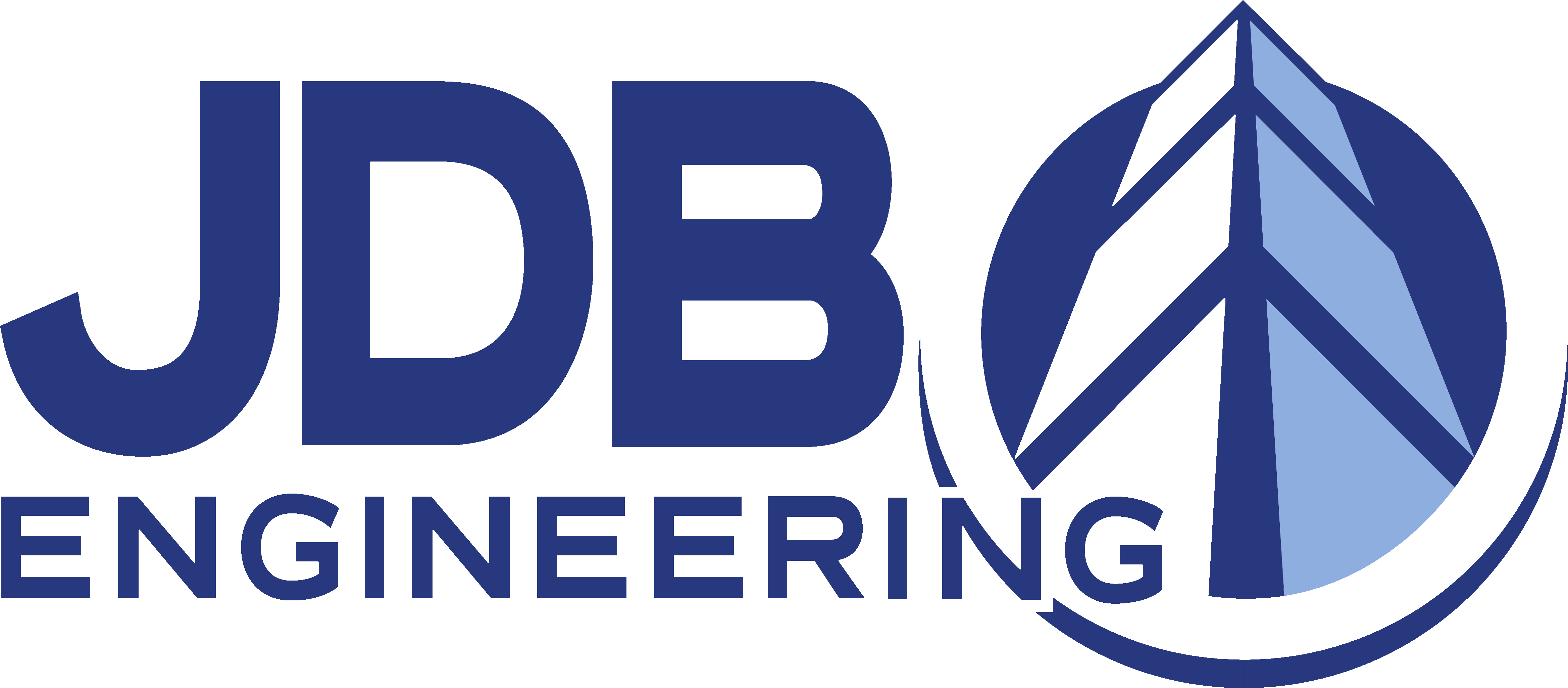by Scott D. Butcher, FSMPS, CPSM
What’s happening in the architecture, engineering, and construction (A/E/C) industry right now? Firms should always be paying attention to the industry indicators, whether those metrics are leading or lagging. Below you’ll find a current snapshot of some of the best-known metrics in our industry.
American Institute of Architects

The most recent data from the American Institute of Architects’ Architecture Billings Index (ABI) shows that in general, the outlook continues to be positive. The AIA uses a diffusion index, meaning any score above 50.0 signifies an increase over the prior period (in this case, the prior month), while any score under 50.0 demonstrates a decrease.
The March data, released a few weeks ago, reveals an overall ABI of 51.0, signifying an increase in architectural billings. The ABI is a leading indicator for the construction industry, providing a glimpse into the work environment for contractors nine to twelve months into the future. However, last month the index scored a 52.0, meaning that this month’s increase was not as much as last month’s. Architectural billings have increased six consecutive months, a positive indicator of the health of the design industry.
The AIA also maintains a Project Inquiries Index, which is an indicator of project opportunities, and thus a predictor of future design workload – as well as construction workload further into the future. In March, the index scored a 58.1, demonstrating a continued high level of interest in design services – which will hopefully convert to design contracts and architectural billings.
Finally, the AIA has a Design Contracts Index, which captures new contracts at architectural firms. The most recent score was 51.5, indicating that design firms are reporting an overall increase in contracts over last month. However, last month’s score was 54.5, so the March increase was not as significant as February’s.

The Architectural Billings Index is further broken into four geographic regions, and each receive scores on a diffusion index as well.
Three of the four regions within the ABI demonstrated growth in March, with the West and South seeing the largest increases. The Northeast, however, saw a decline in architectural billings. Last month, the Northeast scored 47.5, so this month’s decline was not as large, but a decline over the prior month nonetheless.

The AIA also breaks out architectural billings by four market sectors: multi-family residential, institutional, commercial/industrial, and mixed practice.
Architectural firms specializing in the institutional market sector experienced a slight decline in billings in March. Otherwise, firms practicing in all other sectors experienced an increase in billings.
Dodge Momentum Index

Another indicator of activity in the design and construction industry is the Dodge Momentum Index, which incorporates nonresidential project information. When a project is first reported and captured in the Dodge database, it is tracked via the index. As such, it can be a leading indicator for both design and construction, although some projects never come to fruition and others do so over a period of years.
The Dodge Momentum Index uses 2000 as a base year, with a score of 100. The score for April 2018 was 163.0, an increase of 6.1% over the March figure. The index is further broken down into two categories. The latest data reveals increases of 6.3% for the Commercial Building Index and 5.8% for the Institutional Building Index, indicating positive growth in planned projects in both sectors.
Construction Employment
Although construction employment is a lagging indicator for architecture and engineering firms, it is a gage of health within the construction industry. Information is provided monthly by the U.S. Bureau of Labor Statistics. For April 2018, the BLS reported an increase of 17,000 net new jobs in the construction industry, including 9,000 for nonresidential construction – most of that from specialty trade contractors.
Related to that is the unemployment rate. Nationally, the rate stands at 3.9%, although within the construction industry it is currently 6.5%, lagging behind the national economy.
ABC Construction Confidence Index

Associated Builders & Contractors (ABC) provides several indices to track the health of the construction industry. The ABC Construction Confidence Index (CCI) has three components: CCI for Sales Expectations, CCI for Profit Margin, and CCI for Staffing Levels. These metrics are published twice a year, and the most recent data was released in April 2018.
According to this survey, contractors are bullish on 2018. Like the ABI, the CCI is tracked using a diffusion index, with 50.0 representing no change, scores above 50.0 representing increases in confidence over the previous period, and scores below 50.0 representing decreases in confidence over the previous period.
The April data shows a CCI for Sales Expectations score of 67.1, up from 66.4 in the prior period. The CCI for Profit Margin was also very strong, scoring a 60.7; however, the confidence increase was not as robust as the prior period, which saw a score of 62.4. The CCI for Staffing Levels score was also very strong, coming in at 65.1 – but not as high as the 66.1 score from the prior period.
ABC further breaks responses into Up Big, Up Small, No Change, Down Small, and Down Big, which can be viewed here.
ABC Construction Backlog Indicator
 Another useful indicator published by Associated Builders and Contractors is the Construction Backlog Indicator, a quarterly metric.
Another useful indicator published by Associated Builders and Contractors is the Construction Backlog Indicator, a quarterly metric.
The most recent information was released on March 19, and indicates growth in construction backlog for the final quarter of 2017. Overall, the CBI came in at 9.67 months, which is the highest level since ABC has been publishing this metric.
ABC also segments the data by geographic region and a handful of market sectors. Based upon the most current report, contractors in the South and Northeast have the largest backlogs – both regions have a CBI of more than 10 months. Here’s the geographic breakout:
- Northeast = 10.36 months, an increase of 1.5% over the prior quarter
- South = 10.99 months, a decrease of 2.9% over the prior quarter
- Middle States = 8.33 months, a jump of 9.5% over the prior quarter
- West = 6.97 months, an increase of 5.4% over the prior quarter
Three market sectors are tracked within the CBI, including Commercial/Institutional, Heavy Industrial, and Infrastructure. Within these segments, Commercial/Industrial saw growth, Heavy Industrial experienced decline, and Infrastructure remained essentially unchanged:
- Commercial/Institutional = 10.07 months, an increase of 8.2% over the prior quarter
- Heavy Industrial = 5.17 months, a decline of 5.2% over the prior quarter
- Infrastructure = 12.55 months, a very modest increase of 0.1% over the prior quarter
Construction Spending

One final metric in this environmental scan is Construction Put in Place, an indicator published by the U.S. Census Bureau. It is a lagging indicator that represents completed construction projects, but does provide a window into the health of the construction industry. It also tracks 16 nonresidential market sectors, providing a deeper dive than the other indices.
The most recent data is from March 2018, and has a seasonally-adjusted figure of $1,284.7 billion of construction put in place, a decline of 1.7% over the prior month. However, the nonresidential component of the data saw a smaller decline, down only 0.3% from the prior month.
The graphic above is specific to private, nonresidential construction. Public construction put-in-place was unchanged from the prior month.
So there’s a quick overview of the health of the architectural, engineering, and construction industry. When conducting an environmental scan and looking at the data, it’s important to remember that a single data point – whether a snapshot of a month or a quarter – is only a small piece of a big picture. For instance, with the Dodge Momentum Index, a single megaproject can greatly impact the score the month it hits – and can lead to a decline in score the following month unless there’s another megaproject announced in its place. It’s more important to follow the trends from period-to-period to get an accurate gauge of industry activity and health.
What are some of the metrics you follow for your environmental scans? What are other important A/E/C metrics not covered here?
Connect with Scott
- LinkedIn: https://www.linkedin.com/in/scottdbutcher
- Twitter: https://twitter.com/scottdbutcher
You Might Also Enjoy
- The Importance of Monitoring Emerging & Megatrends (external link to Scott’s ENR blog)
- A/E/C Technology Disruption? You Ain’t Seen Nothing Yet!


